Ephesus
The Greatest Ancient Metropolis of Asia Minor
Once the Roman capital of Asia Minor, Ephesus was a bustling city known for its monumental Temple of Artemis, one of the Seven Wonders of the Ancient World. Its grand theater and Library of Celsus stand as testaments to its historical significance.

1.History
Ephesus was a major city on the coast of Ionia, recognized as one of the three most important cities of the Roman Empire, alongside Rome and Alexandria. Located near the modern village of Selçuk in İzmir Province, Turkey, Ephesus played a central role in Roman Asia Minor and was celebrated for its wealth, culture, and strategic location. The city was especially famous for the nearby Temple of Artemis, completed around 550 BC, which was one of the Seven Wonders of the Ancient World. Other monumental buildings, such as the Library of Celsus and the theater, which could hold up to 24,000 spectators, underscored its status as a thriving metropolis. Today, Ephesus is the most visited ancient site in Turkey and was designated a UNESCO World Heritage Site in 2015.
In Roman times, Ephesus was located on the northern slopes of the Coressus and Pion hills, south of the Cayster River. The coastline has since shifted due to silt deposits from the river, leaving the ruins several kilometers from the Aegean Sea. However, in its heyday, Ephesus commanded key trade routes into Asia and the surrounding regions, making it a crucial economic hub for the empire.
Human settlement in the Ephesus region dates back to the Neolithic Age (about 6000 BC), and by 334 BC, the city was liberated by Alexander the Great from Persian control. Following the defeat of Antiochus the Great by the Romans in 189 BC, Ephesus was handed over to the Kingdom of Pergamon and later became part of the Roman Republic in 129 BC. Under Augustus, Ephesus emerged as the capital of the Roman province of Asia, and the city entered a period of significant prosperity. However, by 614 AD, an earthquake caused considerable damage to the city, marking the beginning of its decline. The harbor gradually silted up, cutting off access to the Aegean Sea and leading to the eventual abandonment of Ephesus by the 15th century.
largest Roman archaeological sites in the eastern Mediterranean
Ephesus was also an important center for Early Christianity. St. Paul lived in the city from AD 52–54, organizing missionary activities, and it is believed to be the site of the Seven Sleepers legend. This Christian story tells of seven young men who were persecuted by the Roman Emperor Decius for their faith and miraculously slept for centuries, outlasting their persecution.
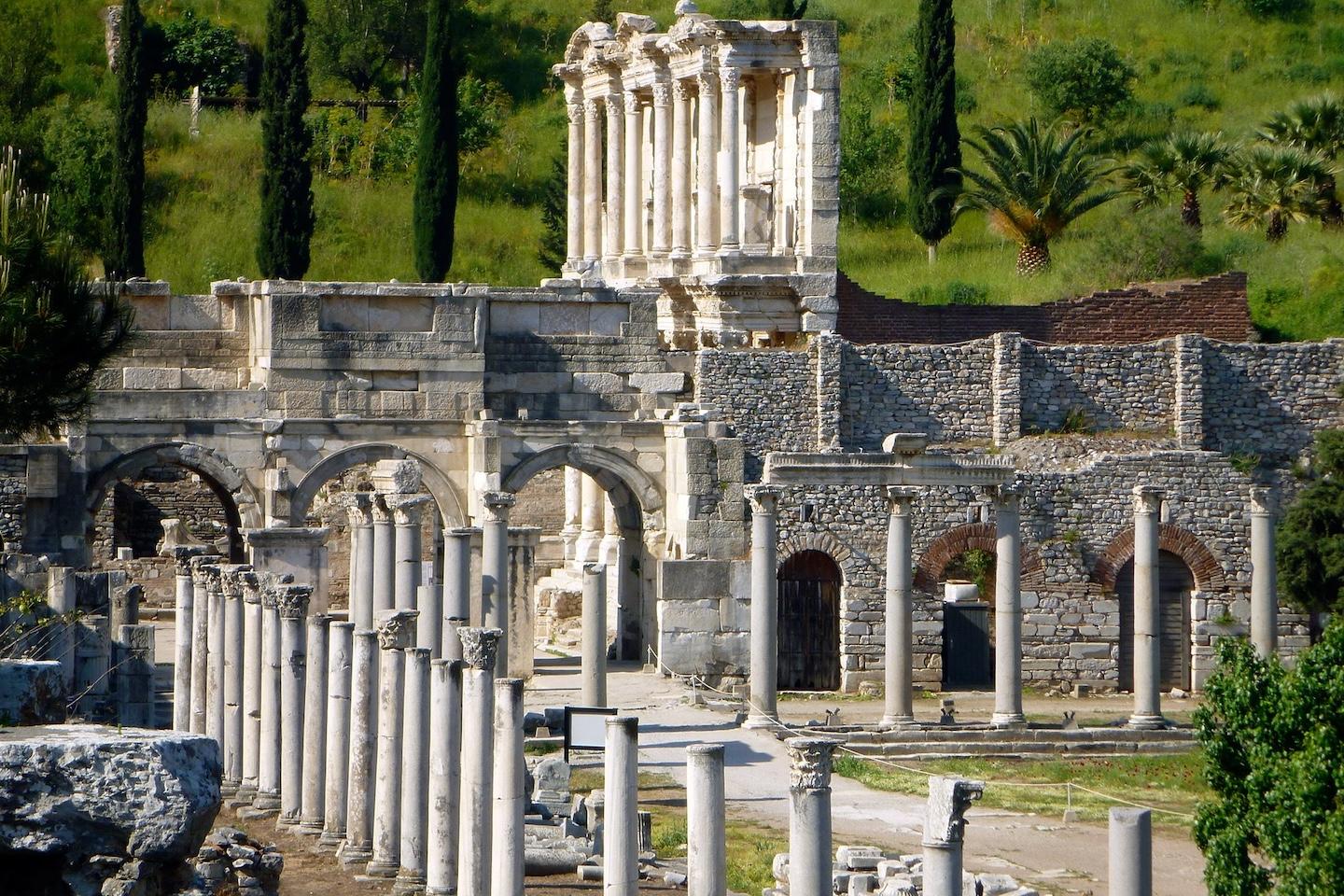
Today, Ephesus is one of the largest Roman archaeological sites in the eastern Mediterranean. The ruins still offer a glimpse of the city’s former grandeur. The Library of Celsus, built in 110 AD, once housed 12,000 scrolls, and its iconic façade has been reconstructed. The theater, located at the end of Harbor Street, remains one of the most recognizable landmarks. Unfortunately, the Temple of Artemis, once a magnificent structure that took 120 years to build, is now represented by only a single column, though archaeological excavations have uncovered fragments of its grandeur.
Overall, Ephesus stands as a testament to the city’s historical significance in Roman and Christian history. It continues to draw millions of tourists each year, eager to explore its well-preserved ruins and experience the legacy of one of the ancient world’s most important cities.
2.How to get there
Ephesus is located near the modern town of Selçuk, in İzmir Province. You can take a train or bus from İzmir to Selçuk, which takes about an hour, and then a short taxi ride or a 20-minute walk will take you to the entrance of Ephesus. Alternatively, you can drive from İzmir, which takes about an hour. The site is well connected to nearby tourist areas like Kuşadası and Pamukkale.
3.GALLERY
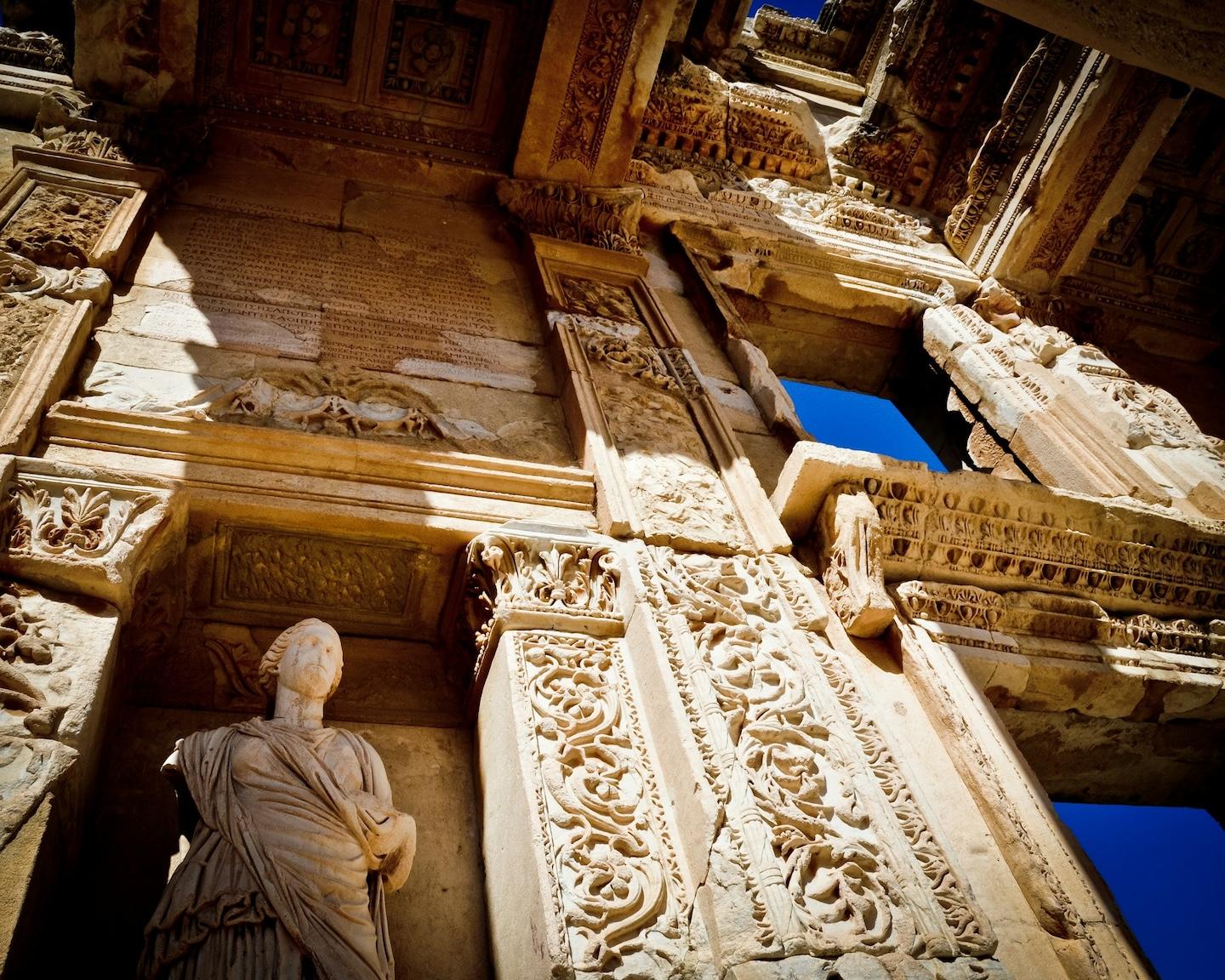
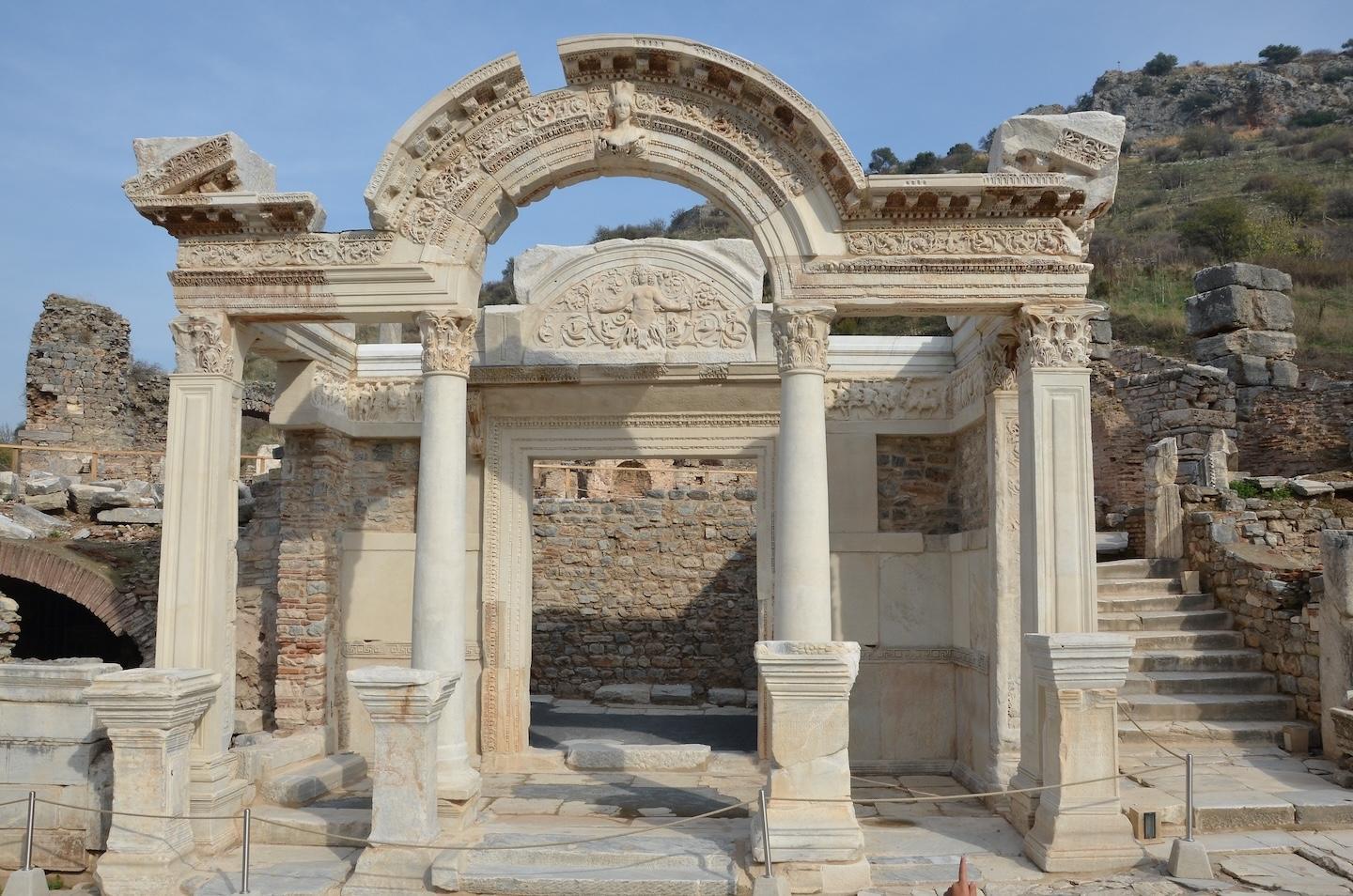



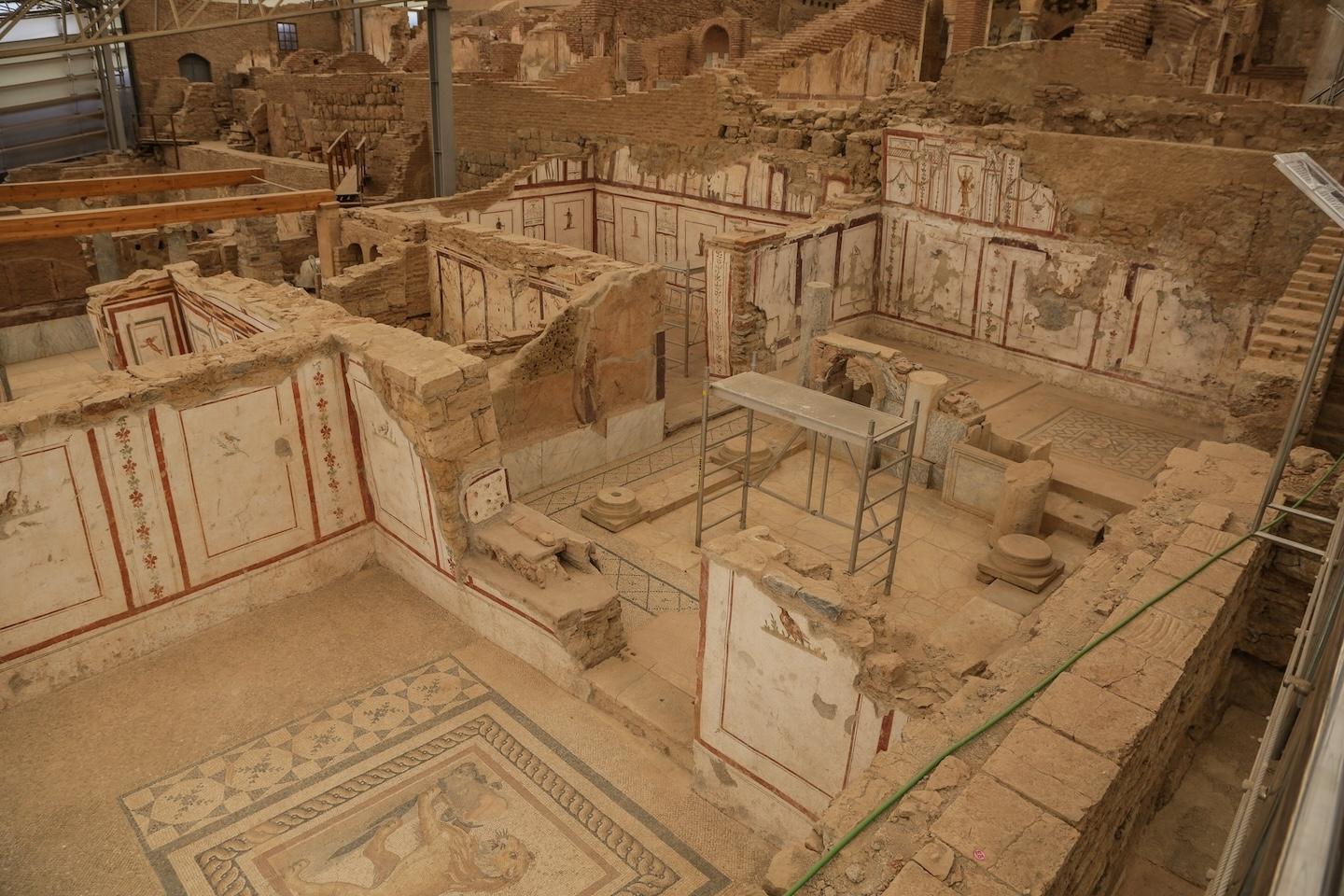
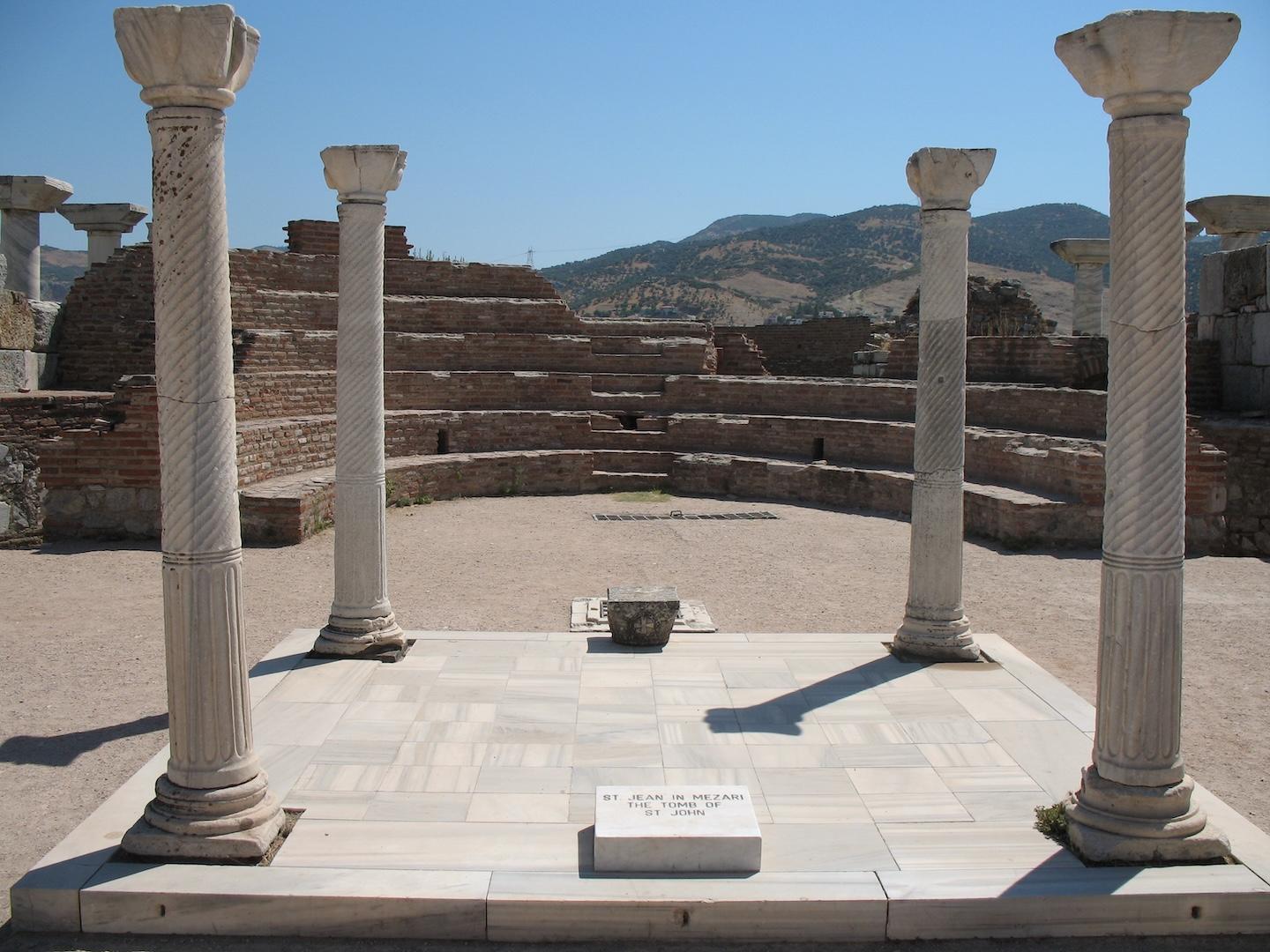
4.Explore Nearby Sites
You can also explore several nearby historical spots around Ephesus. These close-by attractions offer further insight into the rich history of the region and are easily accessible for visitors wanting to extend their journey:


